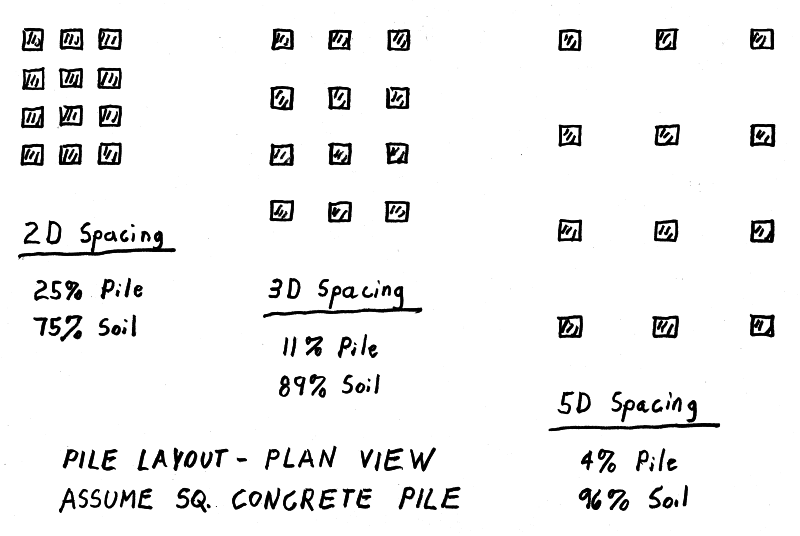Okiryu
Civil/Environmental
- Sep 13, 2013
- 1,094
Hi, I am just wondering how structural engineers use the information from geotechnical engineers for pile foundations. For example, most of the times, I provide axial and lateral capacities without any load information, so I provide pile capacities (axial and lateral) based on single pile analysis. I provide axial capacities for different sizes of piles. Also, along with lateral capacities, I provide the displacement and maximum moments for each specific capacity.
However, most of pile foundations are composed of pile groups so I would like to know how my information based on a single pile is used by structural engineers.
However, most of pile foundations are composed of pile groups so I would like to know how my information based on a single pile is used by structural engineers.


![[idea] [idea] [idea]](/data/assets/smilies/idea.gif)
![[r2d2] [r2d2] [r2d2]](/data/assets/smilies/r2d2.gif)